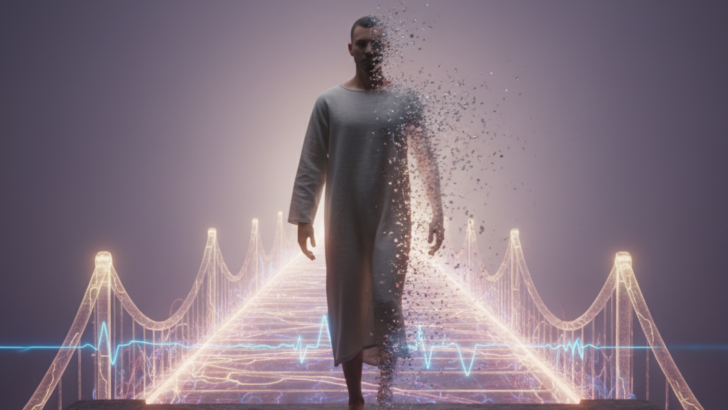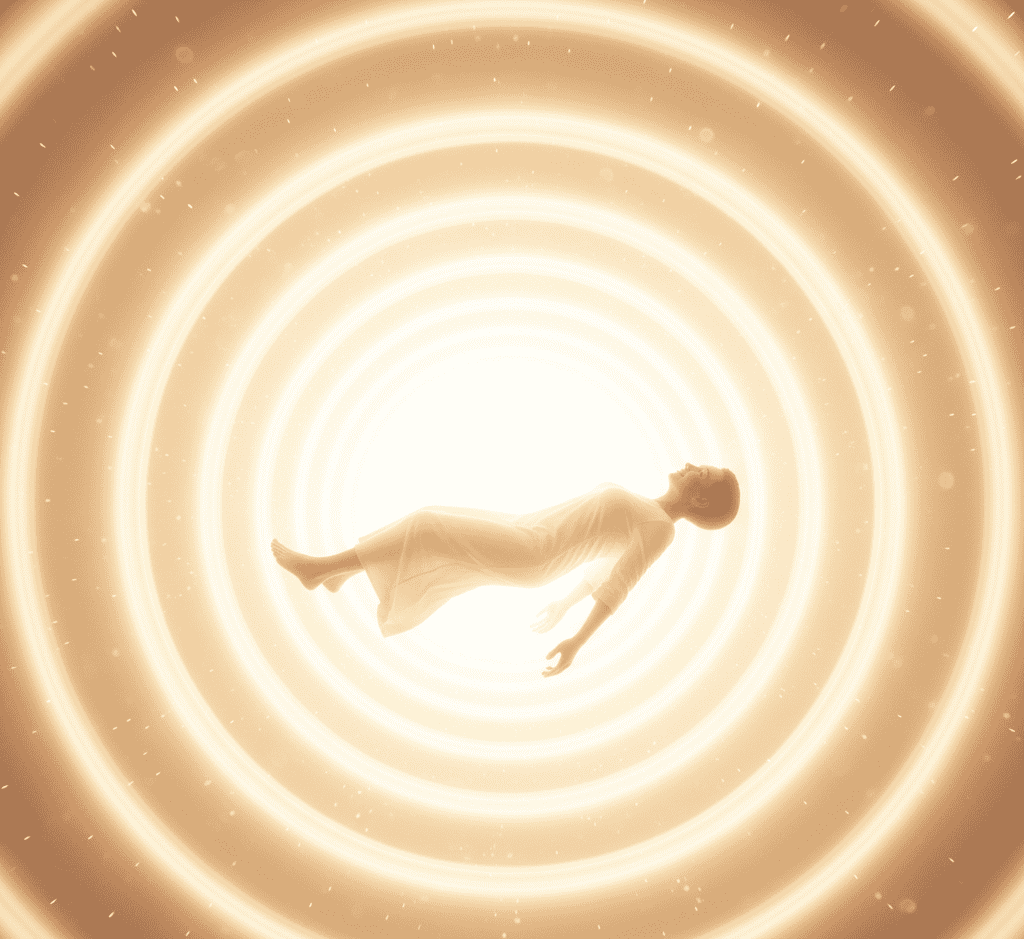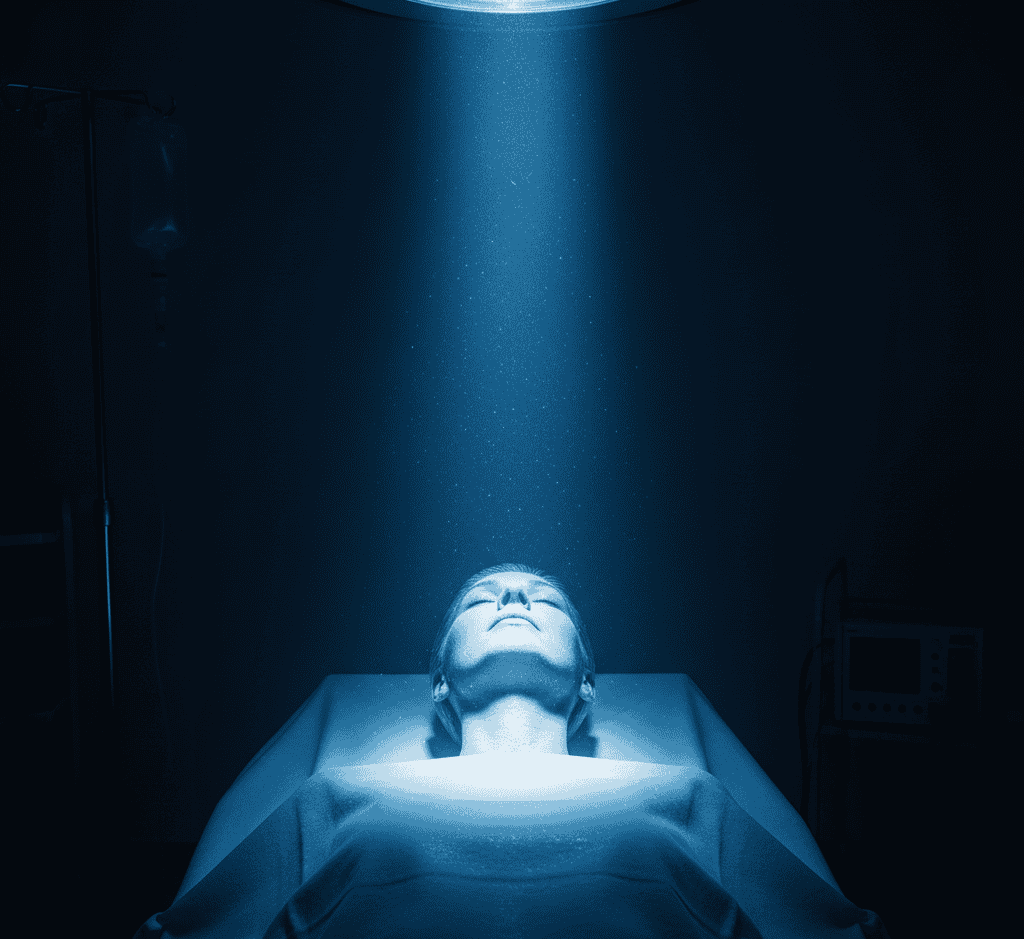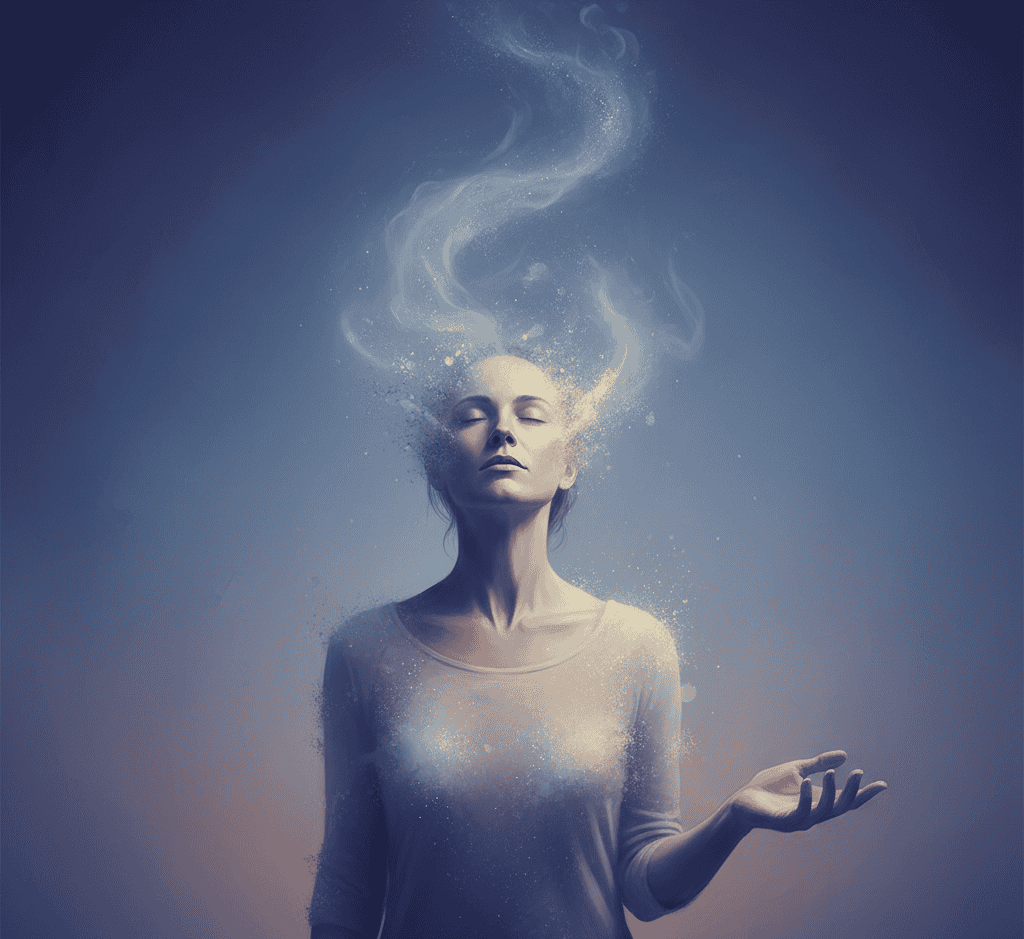For centuries, humans have thought of death as a single, dramatic instant – the final heartbeat, the last breath, the moment when the light fades from the eyes.
But modern science, ancient philosophy, and even spiritual traditions are starting to paint a more complex picture.
What if death is not one clear line but a slow and mysterious unfolding?
What if, instead of switching off like a light, the body and mind drift apart piece by piece, crossing a bridge between the physical and the unknown?
That idea may sound unsettling, but it has fascinated doctors, mystics, and curious minds for decades.
The line between life and death turns out to be blurrier than most of us realize, and exploring it reveals as much about the living as it does about the dead.
The Science of a Slow Goodbye
When most people imagine death, they picture the heart stopping. Yet the human body is far more stubborn than that.
Even after the heart goes silent, cells keep working for a surprisingly long time. Brain activity, in particular, doesn’t stop right away it can flicker on for several minutes after the last heartbeat.
In some experiments, faint electrical signals have been detected in brain tissue hours after clinical death, suggesting that life doesn’t end in an instant but winds down in stages.
Doctors now describe death as a cascade rather than a cliff. Oxygen levels drop, chemical balances shift, and organs begin to shut down at different speeds.
The body doesn’t all die at once—it slowly loses coordination, like an orchestra fading out as each instrument falls silent.
Some researchers call this the post-mortem twilight, a window in which parts of the body are biologically active even as consciousness slips away.
Perhaps the most haunting discovery came from a 2019 study that examined brain waves in people at the moment of death.
Scientists found a burst of gamma activity—patterns usually linked to memory recall and intense awareness – just seconds after cardiac arrest.
In simple terms, the brain appeared to light up right as it was shutting down. No one knows exactly what that means, but it has sparked countless debates.
Could it explain the tunnel of light or the life review reported in near-death experiences? Or is it simply the brain’s last attempt to organize chaos?
Either way, these findings suggest that death is not a sudden disappearance but a transition, with physical and possibly mental steps that unfold in order.
Ancient Beliefs About the Journey of the Soul
Long before brain scans and medical monitors, many cultures already believed death happened in stages.
The Ancient Egyptians thought the soul separated from the body gradually, traveling through a series of trials before reaching the afterlife.
In Tibetan Buddhism, the moment of death marks the start of a process known as bardo, a 49-day transition during which consciousness passes through dreamlike states before reincarnating.
Even in Greek mythology, death was portrayed as a crossing rather than a cutoff.
The ferryman Charon guided souls across the River Styx, not instantly, but through a journey that required patience and ritual.
These myths and philosophies share an eerie echo with what science now observes: that death takes time, and that something seems to linger between two worlds.
Some Native American tribes, too, describe death as a series of “letting go” moments rather than a single event.
The physical body dies first, then the breath, and finally the spirit, which watches over loved ones for a while before moving on.
The idea of death as a process is not new—it’s an ancient understanding that our modern world may finally be rediscovering.
The Mystery of Near-Death Experiences
Few things have challenged our idea of death more than near-death experiences, or NDEs.
People who have been declared clinically dead for minutes, even hours, sometimes return with vivid stories.
They describe floating above their bodies, seeing loved ones, or being drawn toward a brilliant light filled with peace and love.
Some recall conversations with beings they can’t fully describe. Others say they were given a choice to return or to stay beyond.
Skeptics argue that these experiences are simply the result of a brain starved of oxygen, flooding itself with chemicals that trigger hallucinations.
But believers see them as glimpses of the soul leaving the body, momentarily freed from physical limits.
Either way, what makes these stories so compelling is their consistency. Across cultures and religions, people report similar sensations: calmness, clarity, and the feeling of crossing into something vast.
One case that fascinated researchers involved a patient whose brain activity was monitored during cardiac arrest.
For several minutes after his heart stopped, electrical patterns consistent with consciousness appeared.
When he was revived, he described hearing the voices of doctors and seeing his body from above.
Science can’t fully explain this, but it hints again at the idea that awareness may outlast the heartbeat.
If death really is a process, then near-death experiences might not be hallucinations at all – they could be the mind’s perception of that gradual fading, a kind of awakening into another mode of being before it completely dissolves.
What Modern Medicine Is Learning
The blurred line between life and death isn’t just a philosophical question; it has real consequences for medicine.
As doctors learn more about the stages of dying, they’ve discovered new ways to save patients who were once considered gone.
In some hospitals, people whose hearts stopped for over 30 minutes have been revived without brain damage.
Advanced cooling techniques and oxygen treatments can pause the dying process long enough to bring someone back.
That possibility raises profound ethical questions. When does death truly begin?
If cells and organs can be restarted, at what point should doctors stop trying? Modern resuscitation has made death less of a certainty and more of a shifting border.
It’s even led scientists to redefine terms like clinical death and biological death – labels that once seemed absolute.
Some researchers now study what happens when death is reversed. Experiments with animals have shown that certain tissues can be partially reactivated hours after death using oxygen-rich solutions.
While that doesn’t mean full revival is possible, it proves that death is not the instant shutdown we once imagined.
All of this makes the idea of death as a process even more believable. It’s not only an ancient belief or a poetic metaphor—it’s increasingly a medical fact.
What Lingers After
If there’s one lesson to draw from all of this, it’s that the mystery of death reflects the mystery of life itself.
The cells that refuse to stop working, the brain that glows one last time, the stories of those who glimpse the beyond all remind us that existence is richer and more layered than a single heartbeat.
Whether you believe the soul takes a journey or that biology simply unwinds, the truth is the same: death doesn’t arrive in an instant.
It’s a fading, a transition, a process that carries both science and spirit in its quiet rhythm.
And maybe that’s why the idea continues to comfort and fascinate us. Death as a process means there’s time for the last thought, the last love, the last look toward light.
It means that endings might not be as final as they seem. In the space between breath and silence, something still stirs.
Not life as we know it, but the beautiful, mysterious process of letting go.

自出生以来,我一直感觉到自己与神灵有着紧密的联系。作为一名作家和导师,我的使命是帮助他人在最黑暗的时刻找到爱、幸福和内心的力量。






